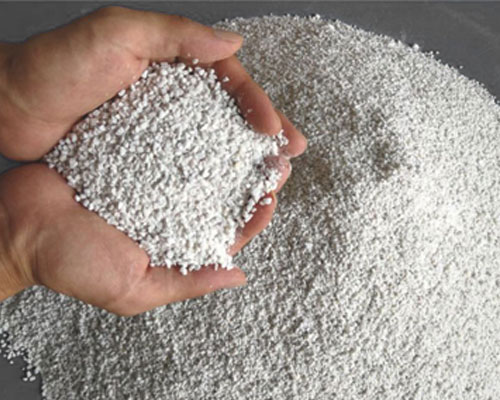Aluminum refining in furnace, there are three commonly used inert gas refining, mixed gas refining of inert gas plus chlorine gas, and powder spraying refining. Other methods include refining with ventilated bricks in the furnace or refining with graphite rotor in the furnace. Effectiveness and cost issues are not widely used.
Nitrogen-chlorine or argon-chlorine mixed gas refining is still used in furnace refining in some domestic military alloy smelting processes. However, due to strict control over the use of chlorine, complex use procedures, and the presence of toxicity and pollution risks, the widespread use of mixed gas refining is restricted. Powder spraying refining is the mixing of granular refining agent and inert gas and then spraying it into the aluminum melt to realize flux refining while realizing inert gas refining. It is currently the most commonly used furnace refining method at home and abroad. Eliminate the traditional block refining agent.

The refining agent also introduces water vapor during the refining process, increasing the hydrogen content, and the final degassing effect is the result of a dynamic balance. The ultimate hydrogen content after refining and degassing with refining agent sprayed in the furnace is not less than 0.22 ~ 0.26 ml per 100 g of aluminum. Because the refining agent inevitably contains water during the production process, even the best refining agent currently contains at least not less than 0.1% water, calculated according to the recommendation of the refining agent by adding 1.5 kg per ton, The hydrogen content introduced by the refining agent per ton of aluminum is 0.083 mol, which is converted into a standard content of 0.187 ml per 100 g of aluminum is added to the aluminum melt.
The high hydrogen content in the high-strength aluminum alloy wire rod is prone to defects such as bubbles, peeling, and broken ends in the subsequent drawing process, and it will also affect the conductivity and tensile strength of the wire rod. According to the actual production experience of the high-strength aluminum alloy wire rod and the requirements of the subsequent process, the hydrogen content in the wire rod should not exceed 0.14 ml per 100 g of aluminum. For individual special requirements, the hydrogen content shall not exceed 0.12 ml per 100 g of aluminum. It can be seen that simply relying on furnace refining is far from meeting the quality requirements of high-strength aluminum alloy rods. This requires online refining methods.

